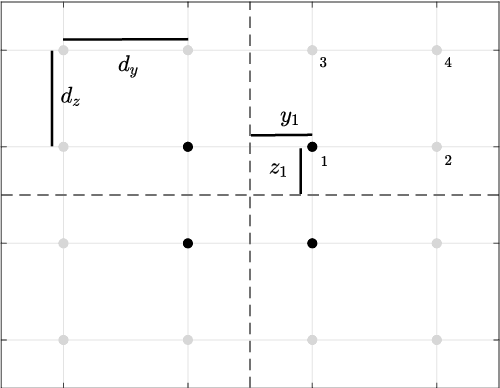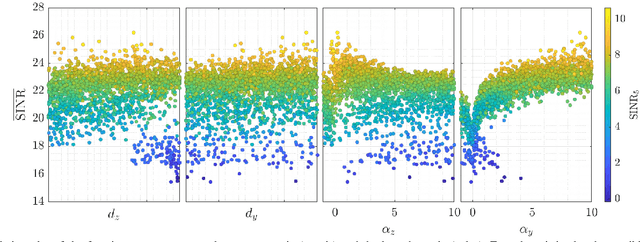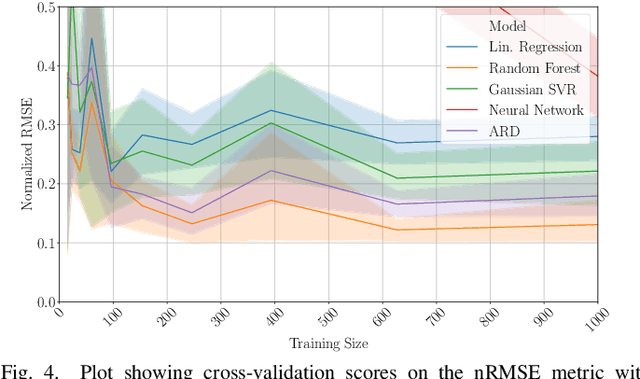Mattia Rebato
Machine Learning-aided Design of Thinned Antenna Arrays for Optimized Network Level Performance
Jan 25, 2020



Abstract:With the advent of millimeter wave (mmWave) communications, the combination of a detailed 5G network simulator with an accurate antenna radiation model is required to analyze the realistic performance of complex cellular scenarios. However, due to the complexity of both electromagnetic and network models, the design and optimization of antenna arrays is generally infeasible due to the required computational resources and simulation time. In this paper, we propose a Machine Learning framework that enables a simulation-based optimization of the antenna design. We show how learning methods are able to emulate a complex simulator with a modest dataset obtained from it, enabling a global numerical optimization over a vast multi-dimensional parameter space in a reasonable amount of time. Overall, our results show that the proposed methodology can be successfully applied to the optimization of thinned antenna arrays.
Enabling Simulation-Based Optimization Through Machine Learning: A Case Study on Antenna Design
Aug 29, 2019



Abstract:Complex phenomena are generally modeled with sophisticated simulators that, depending on their accuracy, can be very demanding in terms of computational resources and simulation time. Their time-consuming nature, together with a typically vast parameter space to be explored, make simulation-based optimization often infeasible. In this work, we present a method that enables the optimization of complex systems through Machine Learning (ML) techniques. We show how well-known learning algorithms are able to reliably emulate a complex simulator with a modest dataset obtained from it. The trained emulator is then able to yield values close to the simulated ones in virtually no time. Therefore, it is possible to perform a global numerical optimization over the vast multi-dimensional parameter space, in a fraction of the time that would be required by a simple brute-force search. As a testbed for the proposed methodology, we used a network simulator for next-generation mmWave cellular systems. After simulating several antenna configurations and collecting the resulting network-level statistics, we feed it into our framework. Results show that, even with few data points, extrapolating a continuous model makes it possible to estimate the global optimum configuration almost instantaneously. The very same tool can then be used to achieve any further optimization goal on the same input parameters in negligible time.
 Add to Chrome
Add to Chrome Add to Firefox
Add to Firefox Add to Edge
Add to Edge